It is a very useful skill to be able to identify plants. One of the key elements for identifying plants is leaf structure.
The following page is designed to develop your plant identification skills, primarily by providing high quality images that illustrate leaf morphology.
Select from the following leaf features and view high quality images depicting the feature. When you are ready, test your understanding and take the Leaf Structure quizzes (see note below).
You can tell where a leaf starts by the presence of the axillary bud. The appearance of the axillary bud varies widely.
Below are some examples of what you should expect when looking for the axillary bud.
Sometimes the axillary bud:
There are two main ways the arrangement of leaves is described:
Their arrangement relative to the stem
In simple leaves the lamina (blade) is not divided into leaflets.

Clarke, I. & Lee, H. (1987) Name that Flower, Melbourne University Press, Victoria.
In compound leaves the leaf blade is divided into leaflets. Several categories of compound leaves are recognised:
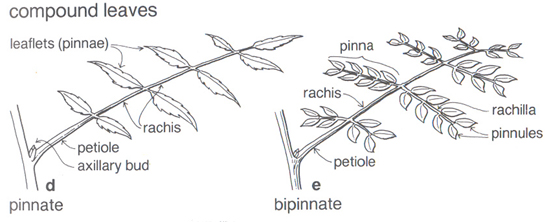
Clarke, I. & Lee, H. (1987) Name that Flower, Melbourne University Press, Victoria.
Trifoliolate - having three leaflets arising from the same point, therefore one leaf.
NOTE: trifoliolate means 'having three leaves.' Some books use the terms interchangeably but, for example, a clover leaf is trifoliolate, not trifoliate.
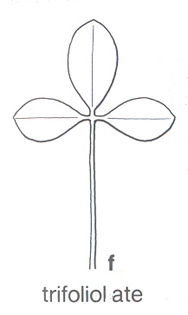
Clarke, I. & Lee, H. (1987) Name that Flower, Melbourne University Press, Victoria.
Palmate - with 4 or more leaflets spreading from the same point, like fingers of a hand.
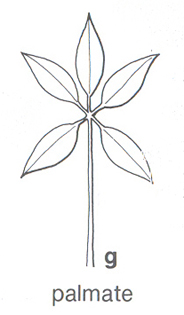
Clarke, I. & Lee, H. (1987) Name that Flower, Melbourne University Press, Victoria.
Pinnate - a compound leaf in which the leaflets are arranged in two rows, one on each side of the midrib.
The Flora of NSW uses the terminology of:
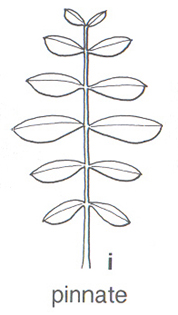
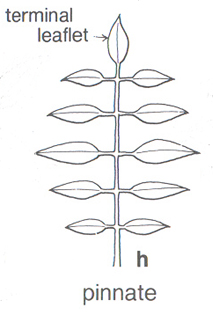
Clarke, I. & Lee, H. (1987) Name that Flower, Melbourne University Press, Victoria.
Bipinnate - a pinnate leaf in which the leaflets themselves are further subdivided in a pinnate fashion.
The Flora of NSW uses the terminology of:
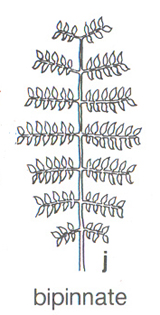
Clarke, I. & Lee, H. (1987) Name that Flower, Melbourne University Press, Victoria.
Tripinnate - bipinnate, where the secondary leaflets are further subdivided.
The Flora of NSW uses the terminology of:
Don't confuse tripinnate for trifoliolate
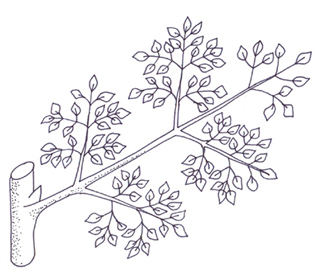
Clarke, I. & Lee, H. (1987) Name that Flower, Melbourne University Press, Victoria.
NOTE: Allow popups from science-health.csu.edu.au in your browser to open the Leaf Structure test.
Then return to this page retry the test button.